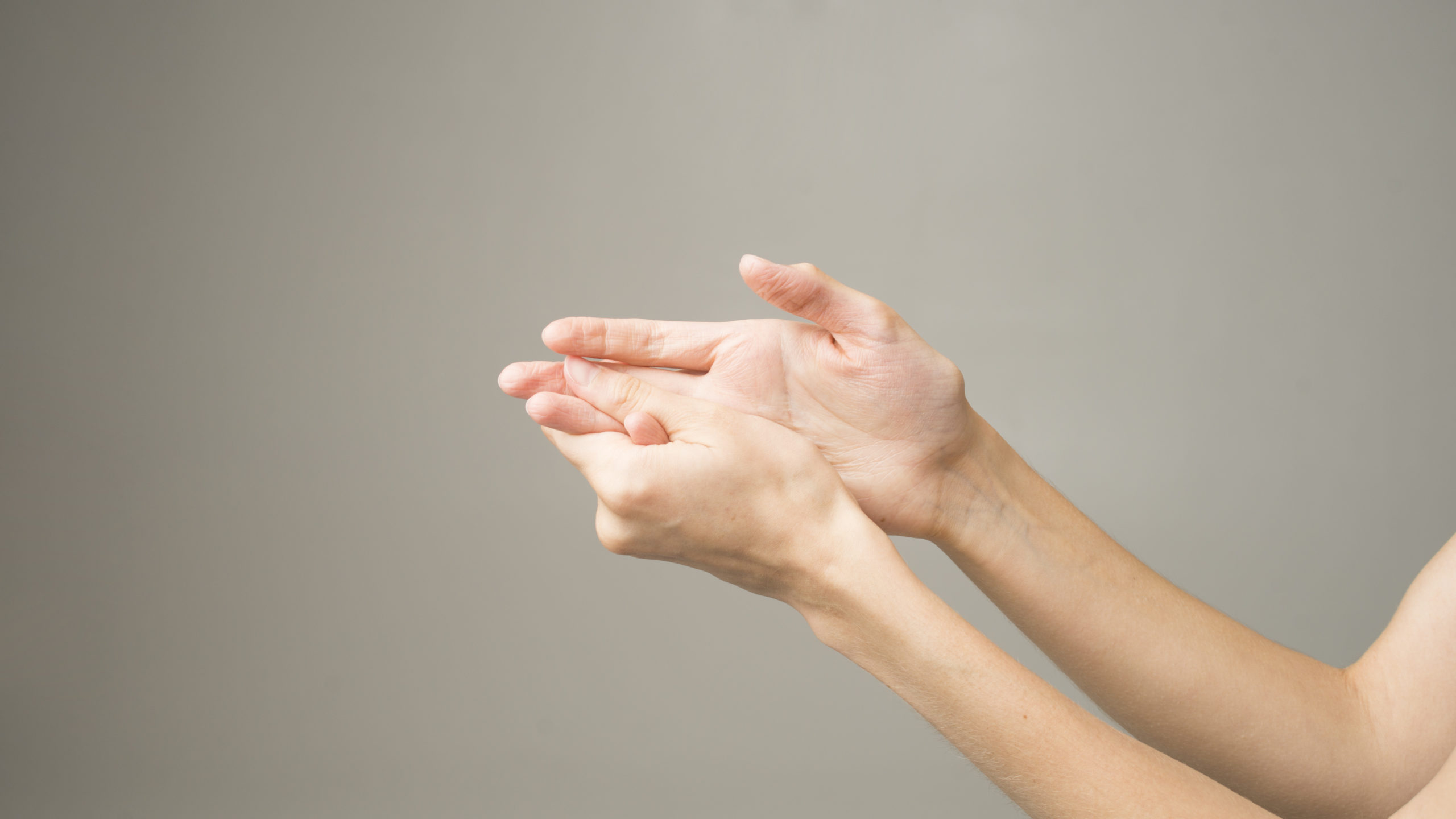
 The Volar Plate is a thick ligament which joins together two bones in the finger and prevents hyperextension. It is located on the palm side of the finger in the metacarpophalangeal and interphalangeal joints where they reinforce the joint capsules and enhance joint stability. It is most commonly injured at the proximal phalanx interpahalangeal (PIP) joint which is anatomically more unstable to it’s surrounding joints.
The Volar Plate is a thick ligament which joins together two bones in the finger and prevents hyperextension. It is located on the palm side of the finger in the metacarpophalangeal and interphalangeal joints where they reinforce the joint capsules and enhance joint stability. It is most commonly injured at the proximal phalanx interpahalangeal (PIP) joint which is anatomically more unstable to it’s surrounding joints.
Volar plate injury
A Volar Plate injury is when the ligaments partially or fully tear, or avulse with a small fracture fragment when the finger is forced backwards into hyperextension. It is very common in ball sports, like in the example above.
Symptoms of volar plate injury
Common symptoms include:
• Significant swelling at the joint
• Deformity at the joint (swan neck deformity)
• Pain when then finger is at rest
• Severe pain when the finger is moved
• Limited range of movement
Severity of Volar Plate injury can range from minor stretching (sprain) or tearing of the ligament, right up to an avulsion fracture where the ligament has pulled off a piece of bone from the joint surface of the middle phalanx.
Clinical examinations
Your hand therapist can assess the finger for stability, swelling and movement. An X-Ray or Ultrasound may be needed, your hand therapist will advise whether this is required.

Treatment
Your hand therapist will fabricate a thermoplastic finger splint to help protect the ligament whilst it heals. This is sometimes needed for 3-6 weeks. You will also be provided with:
• Education regarding joint protection, activity modification and techniques to reduce swelling.
• Fitting and customisation of compression garments to reduce swelling at the joint.
• Active range of movement exercises will be commenced early. You will be encouraged to bend forward to the palm, and then straighten within the limits of the splint.
• It is important to attend for regular review to allow remoulding the splint and so prevent fixed flexion deformities. You might also be provided with a small Figure of 8 style splint once your swelling has subsided. This will allow increased flexibility while still providing protection to the injured structures.
• Specific strengthening exercises can be commenced from 6 weeks.
• Splinting and buddy taping techniques may be required when returning to sports or heavy activities, once instructed by your hand therapist.
Surgical treatment
A referral to a hand surgeon may be required for large avulsion fractures or where the joint is unstable. Your therapist can assess your finger and in discussion with you GP arrange a referral if necessary. If you have any questions, feel free to contact the Hand Therapy Group here.
